Pre-insulated pipes are a type of piping system that consists of a carrier pipe (also known as the service pipe or inner pipe), insulation material, and an outer casing. These pipes are designed to transport fluids, such as hot water, steam, or chilled liquids while providing excellent thermal insulation. The insulation bonds the carrier pipe and the casing together. Preinsulated pipes are also known as bonded pipes or insulated pipes.
The service pipe is typically made of materials like steel, copper, or plastic, depending on the specific application and requirements. It carries the fluid being transported through the pipe. The common fluid is hot water and is used widely for district heating networks.
The insulation material surrounds the carrier pipe and is responsible for minimizing heat transfer. Due to this minimum heat transfer, the temperature inside the service pipe is maintained. Common insulation materials used in pre-insulated pipes include polyurethane foam, polyisocyanurate foam, or mineral wool. These materials have excellent thermal properties, ensuring minimal heat loss or gain from the fluid inside the pipe. Such materials usually have a thermal conductivity of around 0.024–0.033 W/(m·K)
The outer jacket or casing encloses the insulation material, providing protection and mechanical strength to the pipe assembly. It is usually made of materials like high-density polyethylene (HDPE), polyvinyl chloride (PVC), or steel, depending on the application and environmental conditions. Fig. 1 below shows some typical pre-insulated pipes.

Advantages of Pre-Insulated Pipes
Pre-insulated pipes are commonly used in various industries, including district heating and cooling systems, oil and gas pipelines, and industrial process piping. They offer several advantages, such as:
- Energy Efficiency: The insulation layer minimizes heat loss or gain, resulting in improved energy efficiency and reduced operational costs.
- Reduced Heat Transfer: Pre-insulated pipes provide excellent thermal insulation, preventing the formation of condensation on the outer surface and maintaining a consistent temperature of the transported fluid.
- Corrosion Protection: The outer jacket protects the carrier pipe from corrosion, extending its lifespan and reducing maintenance requirements.
- Easy Installation: Pre-insulated pipes are typically supplied in long lengths, which simplifies installation and reduces the number of joints, minimizing potential leakage points.
- Environmentally Friendly: By reducing energy consumption and heat loss, pre-insulated pipes contribute to environmental sustainability and reduced greenhouse gas emissions.
These pipes are available in various sizes, insulation thicknesses, and configurations to suit specific project requirements.
Codes and Standards for Pre-Insulated Pipes
European standards EN 253 and EN 15698-1 describe the pre-insulated pipes for district heating systems. EN 253 provides guidelines for Bonded single pipe systems for directly buried hot water networks having assembly of steel service pipe, polyurethane thermal insulation, and a casing of polyethylene. On the other hand, EN 15698-1 provides guidelines for bonded twin pipe systems for directly buried hot water networks with a twin pipe assembly of steel service pipes, polyurethane thermal insulation, and one casing of polyethylene”.
Applications of Pre-Insulated Pipes
Even though pre-insulated pipes are widely used for district heating and cooling networks, they are found to be used in various other industries including
- Oil and Gas
- Food processing
- Water Treatment
- Wineries
- Chemical industries
- Infrastructure and utility
- Pharmaceutical, etc
As per market research, the pre-insulated pipe market is projected to grow at a CAGR (Compounded Annual Growth Rate) of 9.8% over the next few years. The growth will mainly happen due to strict regulations to reduce carbon footprint and improve energy efficiency.
Specification of Pre-insulated Pipes
When specifying pre-insulated pipes for a project, it’s important to provide clear and detailed information to ensure that the product meets the required specifications. Here are some key factors to consider when specifying pre-insulated pipes:
- Fluid Type and Temperature: Specify the type of fluid (e.g., hot water, steam, chilled water) that will be transported through the pipe, along with the desired operating temperature range. This information helps determine the appropriate insulation material and thickness.
- Pipe Diameter and Material: Specify the required pipe diameter and material for the carrier pipe. Common options include steel, copper, or plastic (such as high-density polyethylene – HDPE). The selection depends on factors like pressure rating, corrosion resistance, and project-specific requirements.
- Insulation Thickness: Determine the necessary insulation thickness based on factors such as the desired heat loss/gain, ambient temperature, and energy efficiency goals. This will depend on the thermal conductivity of the insulation material and the required thermal resistance (R-value).
- Casing Material: Specify the outer jacket material based on factors like environmental conditions, UV resistance, and mechanical strength requirements. Options may include HDPE, PVC, or steel.
- Pipe Length: Specify the required lengths of pre-insulated pipe sections or coils. Longer lengths may reduce the number of joints and facilitate faster installation. Insulated pipelines are usually assembled from pipes of 6 meters, 12 meters, or 16 meters in length, directly buried in soil in depths of commonly 0.6–1.2 meters.
- Standards and Certifications: Identify any specific standards or certifications that the pre-insulated pipes need to meet. For example, in certain industries or regions, there may be specific codes or regulations governing the materials, insulation properties, or safety requirements.
- Accessories and Additional Requirements: Determine if any additional accessories are needed, such as fittings, valves, expansion joints, or heat tracing elements. Specify any special requirements for pipe connections or insulation joints.
- Project-Specific Considerations: Provide any project-specific requirements or considerations, such as seismic resistance, fire resistance, or special insulation properties.
Preinsulated Pipe Manufacturers
There are several reputed pre-insulated pipe manufacturers around the world. Here are some well-known companies in this field:
- Uponor Corporation (Finland)
- Logstor (Denmark)
- Perma-Pipe International Holdings, Inc. (United States)
- Georg Fischer Piping Systems Ltd. (Switzerland)
- Isoplus Fernwärmetechnik GmbH (Germany)
- Aquatherm GmbH (Germany)
- BRUGG Rohrsysteme GmbH (Switzerland)
- Thermaflex International (Netherlands)
- Huntsman Corporation (United States)
- Kooltherm Pipe Insulation (United Kingdom)
- Microflex Preinsulated Systems (Italy)
- CPV Ltd. (United Kingdom)
- Flexalen by Thermaflex (Netherlands)
- SIMONA AG (Germany)
- Rovanco Piping Systems (United States)
These manufacturers specialize in producing pre-insulated pipes and offer a wide range of products to meet various industrial and commercial needs. It’s important to note that availability may vary depending on the region, and it’s always recommended to research and consult local suppliers for specific project requirements.



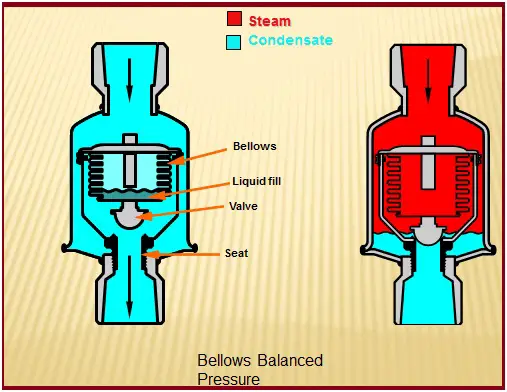
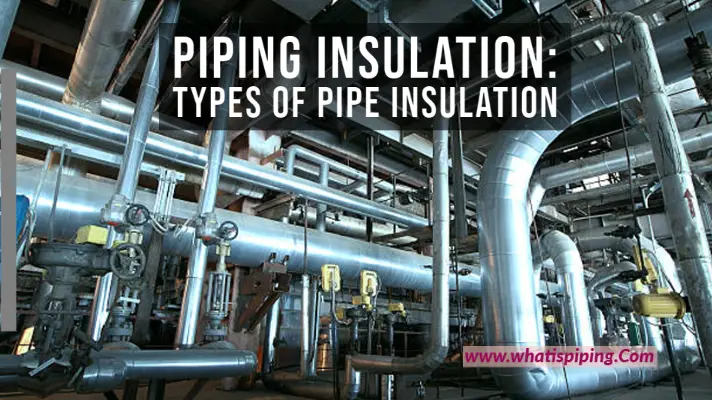
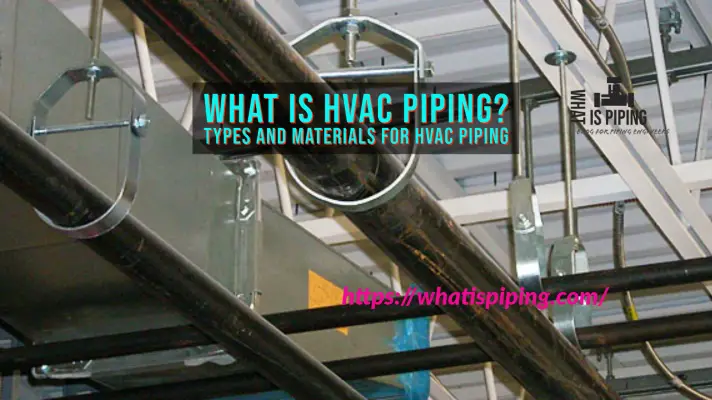
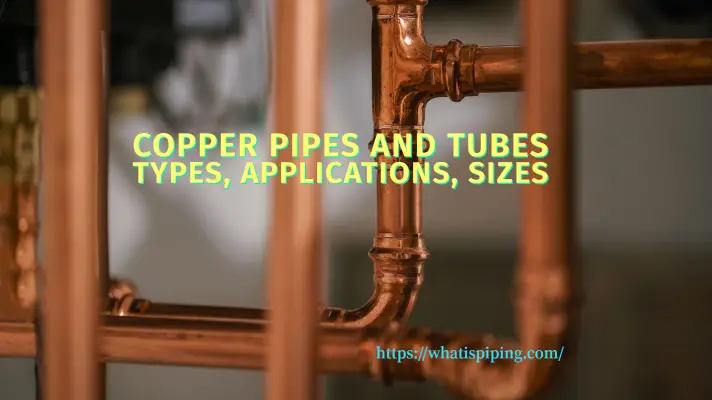

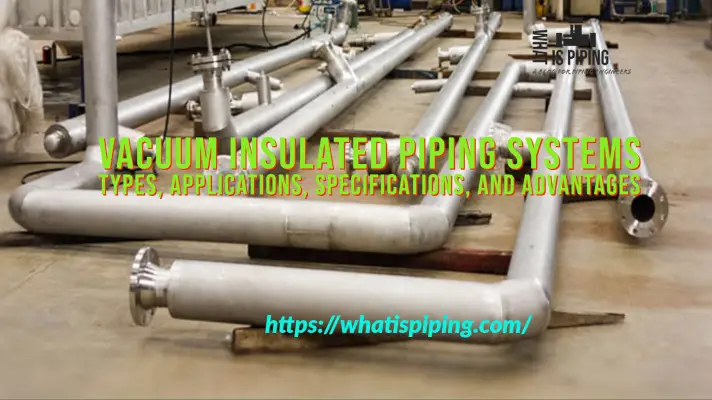
What is the safest way to seal a penetration of a jacketed valve stem under a vacuum through the CS cold box. The valve stem jacket is SS, and the cold box is usually CS. In this case we are using a horizontal vessel with semi elliptical heads. How do I show the detail of a tight seal using either PTFE or a SS compressed gasket?